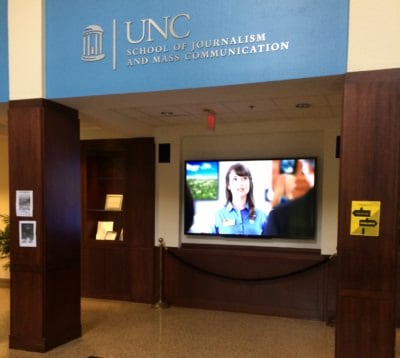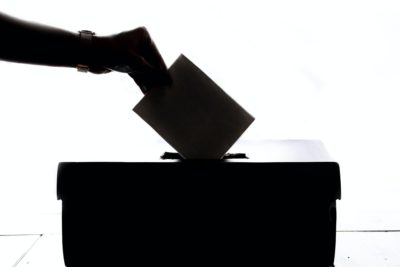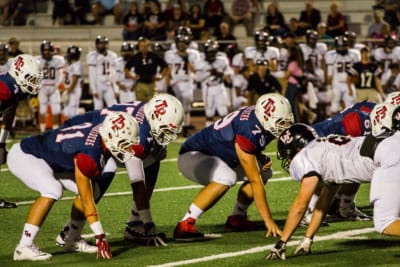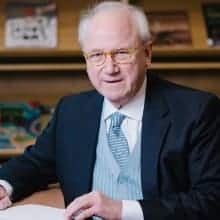
Two days after the Valentine’s Day/Ash Wednesday shootings that left 14 students and three adults dead in a Florida public school, UNC-Chapel Hill faculty received a two-page “Classroom Emergency Preparedness Script.” University administrators sent it to us to read to our students.
My generation of school-and-college students went through the now-quaint instructions on where to duck or hide in the event of a nuclear bomb blast. Today’s generation – along with their teachers — gets instructions on what to do if and when bullets fly.
Much of the preparedness script offered standard advice on weather, fire and medical emergencies. Then the script addressed, delicately phrased, “a situation in which someone intends to do harm.”
“Assess the situation and make a decision. Unfortunately, there may not be a clear ‘right’ answer. However, one of the following actions should be taken, listed in priority of consideration:
RUN: Have an escape route and plan in mind, leave your belongings behind, keep your hands visible and follow law enforcement’s direction.
HIDE: Hide in an area out of the threat’s view, block entry to your hiding place and if possible lock doors, silence your mobile devices and/or pagers.
FIGHT: Use as a last resort if your life is in imminent danger.”
It is, of course, prudent for schools, colleges and universities to provide emergency-response guidance to faculty, staff and students. The script urged students to stay alert and tell a faculty member “even if you have just an inkling that something is not right.”
Using the script to talk to my students and to encourage them to discuss the Florida tragedy became a moment of reflection on how too-frequent episodes of violence have pressed upon teachers unexpected and unwelcome roles. The reflections of American school teachers were summarized in a front-page story in The New York Times:
“Across the country, teachers are grappling with how their roles have expanded, from educator and counselor to bodyguard and protector. They wonder if their classrooms are properly equipped, if they would recognize the signs of a dangerous student, and most of all, if they are prepared to jump in front of a bullet.”
That Times story also had the quote of the day: A Florida elementary school teacher saying, “Last night I told my wife I would take a bullet for the kids.”
I also read the cry-from-the-heart post of Maggie Pearce, a young teacher of students with special needs who spent a summer as an EdNC intern. On Facebook, here is what she said:
“All I know is that every morning when I walk into my classroom, I run through in my head where I will hide my 8 kids with SIGNIFICANT disabilities (they are in wheelchairs and cannot protect themselves) when a shooter comes in with an automatic weapon. What furniture will I use to barricade the doors? When I step in between the gun and my kids, will my body slow down the bullets enough as not to kill my kids? If we’re given the chance to evacuate, how am I supposed to get these non-ambulatory pre-teens out the window? Can their wheelchairs help shield them at all?
I wish I was exaggerating. Recently at a staff meeting with our local police to review our safety plans, we were reminded to always stand in between the shooter and the kids. We should be worried about doing everything we can to raise good people, but instead we (teachers) are worried about our classrooms being shot up.”
High school students have marched to Tallahassee and Raleigh to call on Florida and North Carolina officials to enact bolder preventive measures. And, given the policy paralysis in Washington, it may fall especially to state government to take the lead. But responding should not mean destabilizing the place where teachers and students encounter each other.
Arming teachers, an option hastily held out without much thinking, would alter the ambience of the classroom.
As ubiquitous and common as it is, a classroom is also a phenomenal, life-expanding space: where young people learn to read and figure, to develop habits of work, heart and mind, to assemble the building blocks of a career, and to become citizens in a democracy. In seeking to forestall harm, let’s do no harm.
Recommended reading



